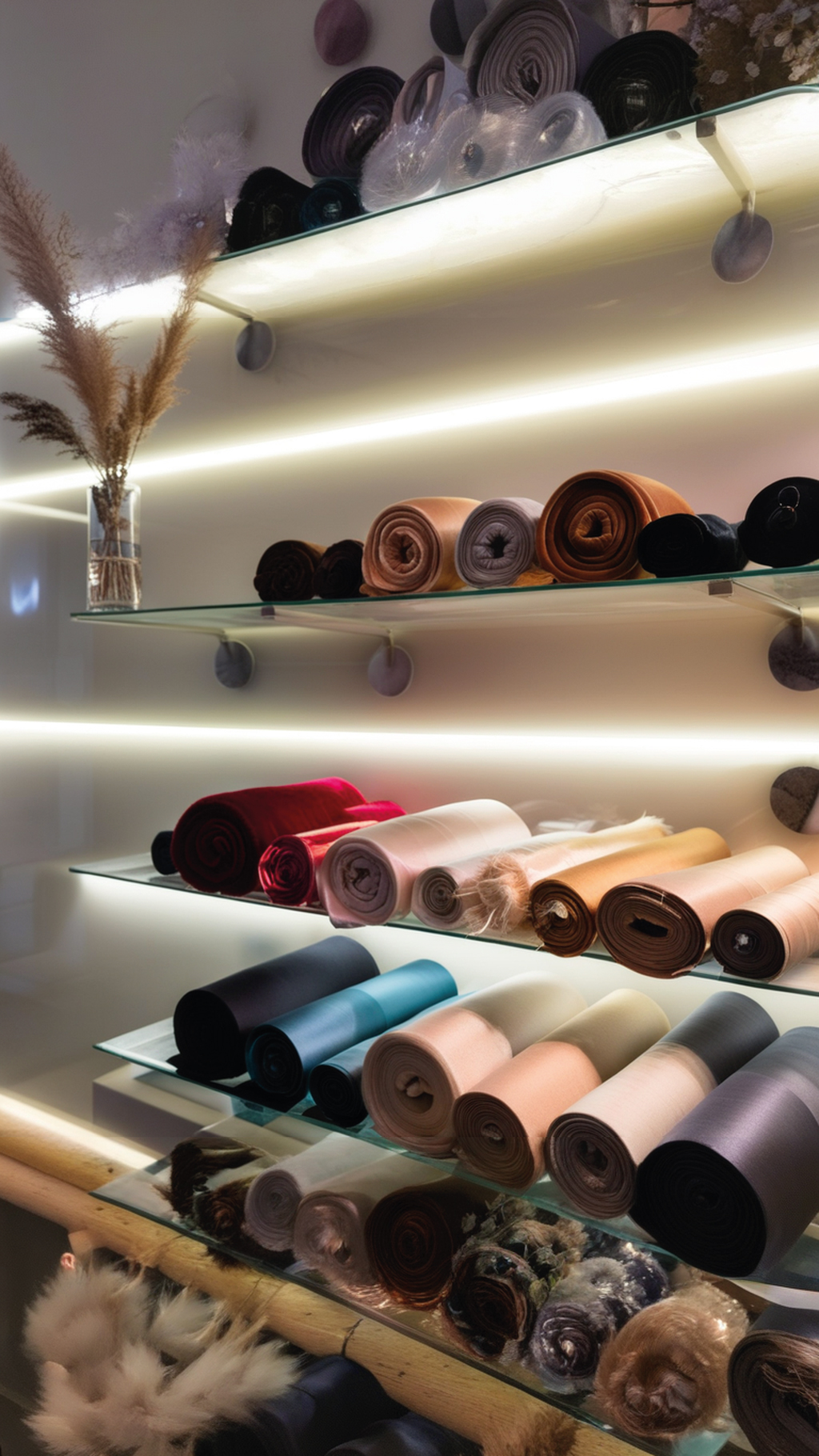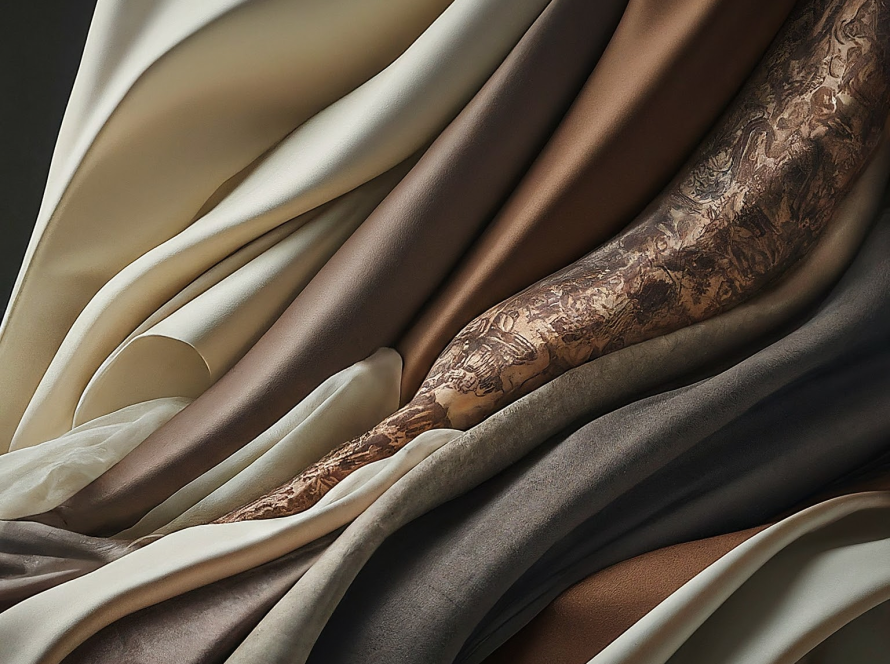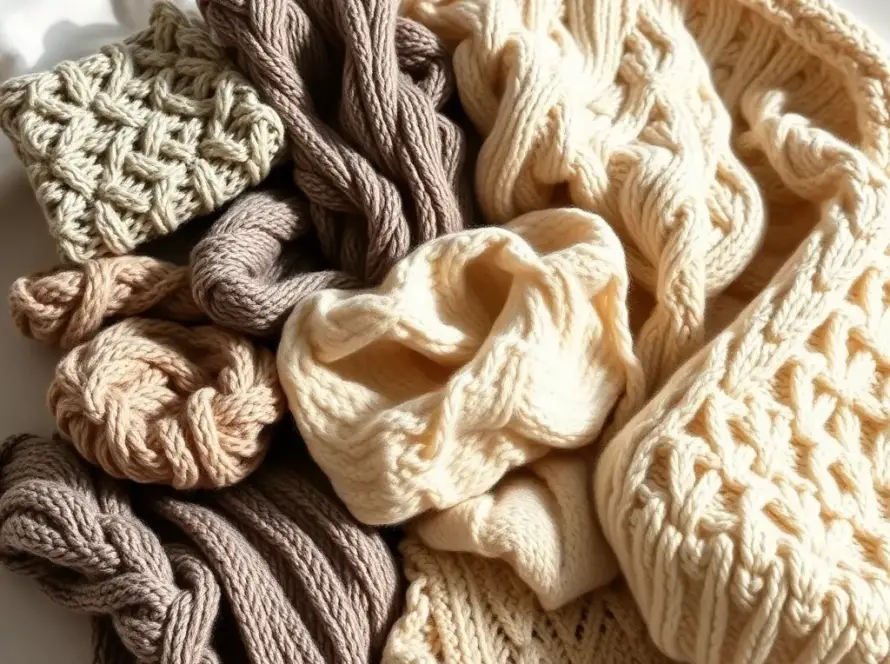
FABRIC SOURCING
Premium Fabric Procurement
NOVAIST is the ultimate partner in fabric procurement, providing unmatched access to a vast selection of premium-quality textiles. With the wide expertise as your guiding resource, NOVAIST make navigating the global fabric market seamless, ensuring your products are crafted with the finest materials available.
Fashion and Apparel
Home Decor
Focus on Sustainability

Sustainable Fashion
Sustainable fashion refers to the design, production, and consumption of clothing that minimizes its environmental footprint and promotes ethical labor practices. This movement aims to address the detrimental impacts of the traditional fashion industry, including pollution, waste, and exploitation of workers. Sustainable fashion and textiles represent not only a trend but a necessary shift towards preserving the planet and ensuring fair labor practices. The key principles of sustainable fashion include:
- Eco-Friendly Materials: Using organic, recycled, or biodegradable fabrics to reduce environmental harm.
- Circular Economy: Promoting reuse, recycling, and upcycling of garments to extend their lifecycle.
- Ethical Labor Practices: Ensuring fair wages, safe working conditions, and the humane treatment of workers.
- Transparency: Encouraging brands to disclose their sourcing, production processes, and impact on the environment.
Prioritizing Functionality in Fabric Selection

Frequently Asked Questions
100% linen fabric is prone to shrinkage, especially when washed for the first time. On average, linen can shrink between 3% to 10% depending on how it is washed and dried. Washing linen in hot water or drying it on high heat can increase shrinkage. To minimize shrinkage, it’s recommended to wash linen in cold or lukewarm water and air dry or tumble dry on a low setting. Pre-washed linen fabrics typically shrink less.
Viscose and lyocell fabrics are both prone to shrinkage due to their cellulose-based fibers. On average, these fabrics can shrink by 3% to 5% after the first wash. However, if washed improperly (especially with hot water or high heat drying), shrinkage can reach up to 8%. To prevent excessive shrinkage, it is advisable to wash these fabrics in warm or cold water, spin at the lowest speed, dry by hanging, and avoid using a tumble dryer.
Velvet fabric comes in various types, each offering a different texture and appearance. Some of the most common types of velvet are:
- Crushed Velvet: Has a wrinkled, shiny texture created by twisting the fabric while wet.
- Stretch Velvet: Contains spandex for added stretch and flexibility.
- Silk Velvet: Luxurious and soft, made from silk fibers (often blended with rayon).
- Velour: A soft, plush fabric that resembles velvet but is made from cotton or synthetic fibers.
- Velveteen: A dense and short-pile velvet, usually made from cotton.
- Embossed Velvet: Features raised patterns created by heat pressing designs into the fabric.
- Panne Velvet: Has a lustrous, flattened surface with a glossy finish.
- Chiffon Velvet: Lightweight and sheer with a soft texture.
- Burnout Velvet (Devoré): A patterned fabric where parts of the velvet are chemically dissolved to create semi-transparent designs.
Yes, fabric can twist or distort, especially after washing or improper handling. This issue is commonly seen in fabrics that are not properly aligned during cutting or sewing. Fabrics with a loose weave or those made from natural fibers (like cotton or linen) are more prone to twisting. Additionally, if the fabric is not pre-shrunk or if it’s washed in hot water, it can become misshapen. To prevent twisting, manufacturers often perform sanforization or other finishing processes to stabilize the fabric.
Not always. While factory data provides important technical specifications (such as shrinkage rate, weight, and durability), real-world results can vary due to:
- Washing and care conditions (temperature, detergents, drying methods)
- Fabric storage and handling
- Production batch differences
- Environmental factors (humidity, temperature)
It’s advisable to conduct in-house testing on fabric samples before mass production, especially for critical products. This helps verify the accuracy of factory data and ensures the fabric performs as expected in actual usage conditions.
This type of natural blended fibres are delicate and very gentle as they do not contain polyester. When they are not used correctly, they can cause a fabric reaction on the product. Our recommendation is that the consumer who will consume these products should do research on the content and composition of the product beforehand (such as social media, artificial intelligence, corporate websites and technical textile blogs) and then decide whether to buy or not. They can also get information about this subject from the relevant store.
In addition, the product should be maintained according to the washing instructions. If the fabric has been fibrillated (tumbled effect), due to its natural content, the tumbled effect will diminish, fade and return to its original, non-effect state after each wash as the product is washed. Therefore, consumers who buy such products should first be aware of this issue.
The washing process is very important for this type of products, and if the recommended washing is to be washed by hand delicate washing or in the washing machine, it is recommended to wash the product backwards and individually (so that there are no other products in the machine), at a maximum of 20-30 degrees and 400-600 rpm spin programme (higher spin speed may disrupt the structure of the fabric), by selecting the shortest programme time available in the current machine and washing with liquid detergent suitable for the colour of the fabric.
Afterwards, the product should be left to dry by laying out or hanging (away from direct sunlight), without using a dryer. The products should be ironed without steam and in reverse. High heat and steam may cause deformation of the fabric. Any application other than these will disrupt the structure of the fabric, for example, traces in the form of lines can be seen on the surface of the product.




